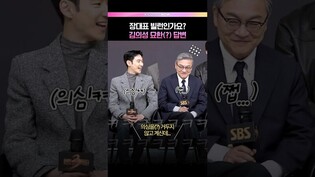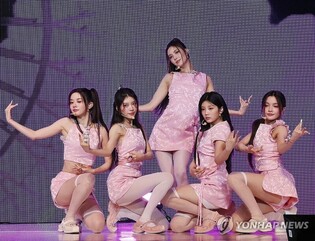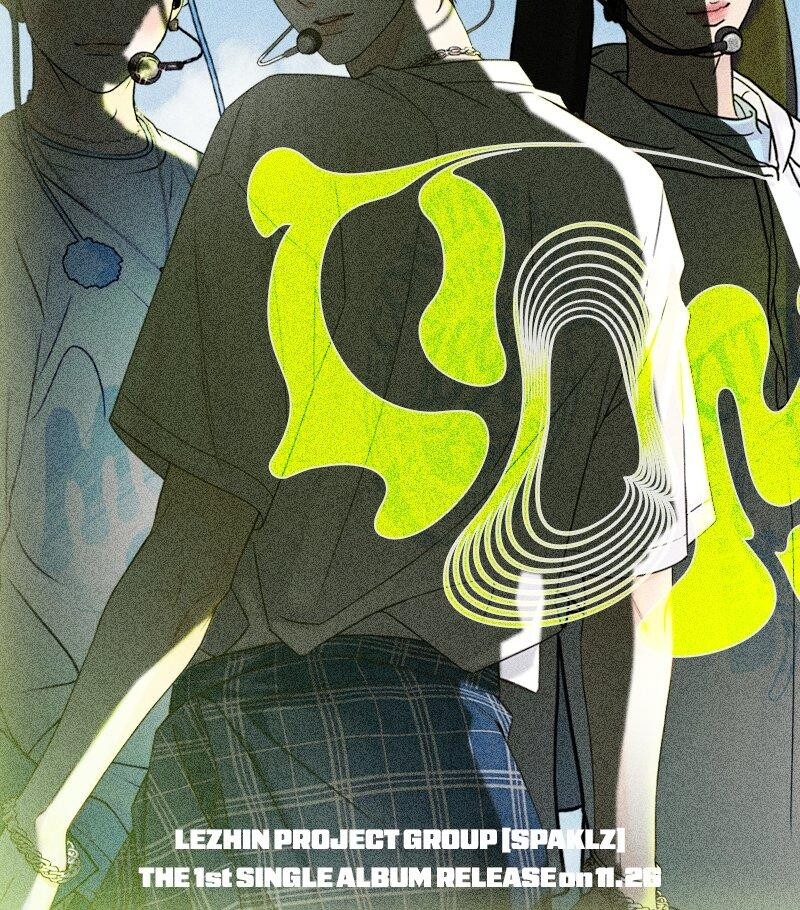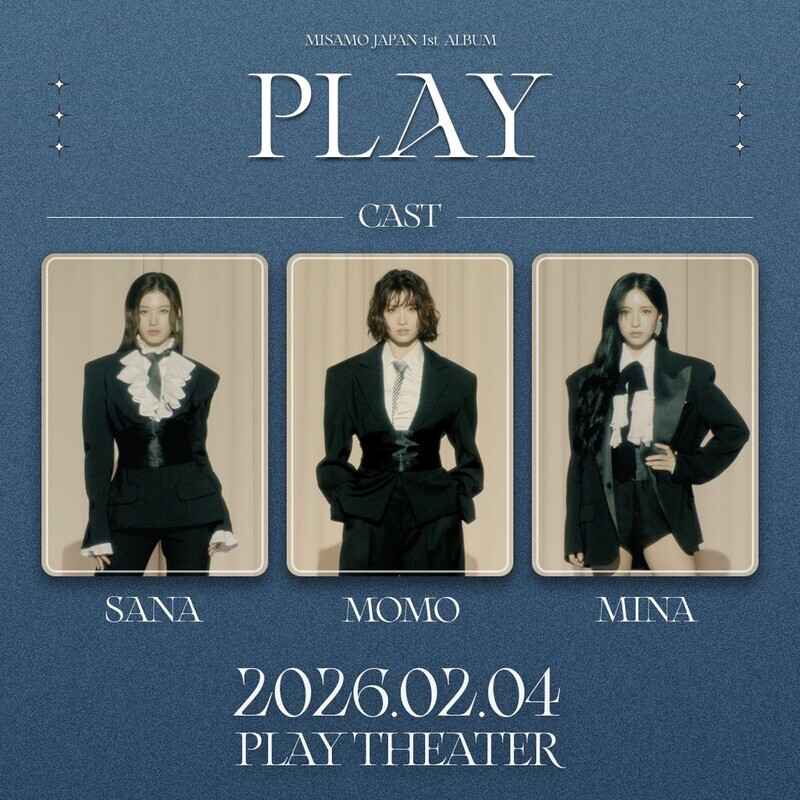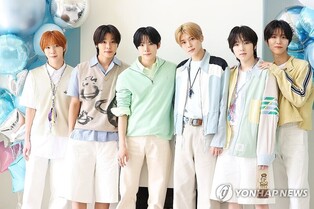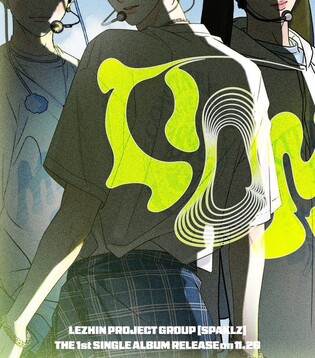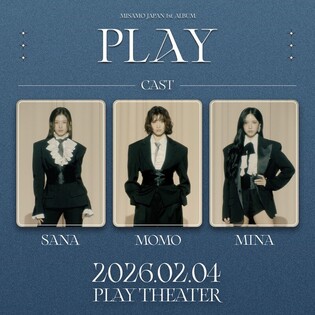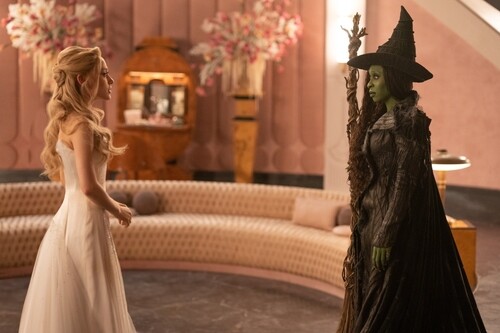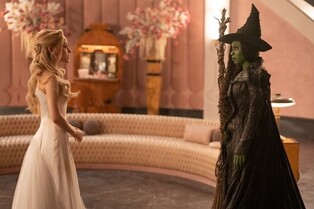Robot Artist Paik Nam-june - Part 1
A Pioneer in Robotics and Video Art
By Lee Dong-il (Performing Arts Director, Guest Professor at Sogang University
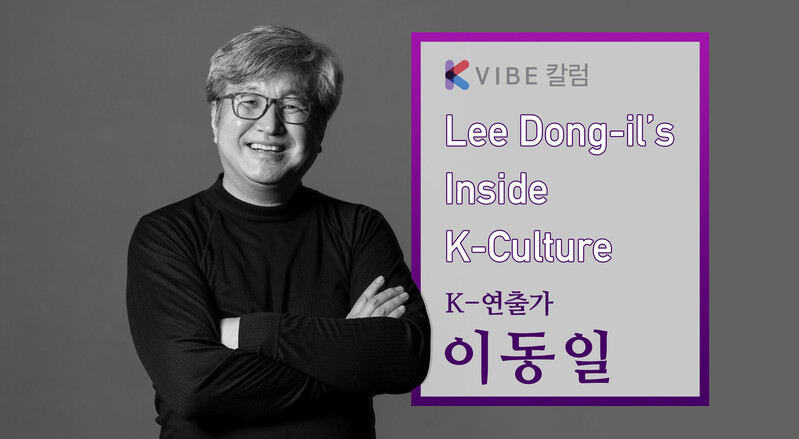
“Artists before 1950 discovered abstract space. Video artists after 1960 discovered abstract time. Time with no content.”
— Paik Nam-june, Nostalgia is the Square of Feedback, 1992
In previous installments, I discussed a project I worked on with Paik Nam-june, the founder of contemporary video art, over four entries. While Paik traversed numerous genres including sculpture, painting, music, and media art, I aim to shed light on his pioneering role in the emerging field of robotics technology alongside artificial intelligence.
In 1986, Paik unveiled his work titled Robot Family at the Chicago Art Fair. This installation comprises a three-generation robot family, featuring a grandmother, grandfather, and a baby robot, constructed using early television models from the 1940s and 1950s, as well as the latest TVs of that time.
 |
| ▲ "Robot Family: Mother and Robot Family: Father (1986)" (Photo courtesy of Paik Nam-june Art Center) |
Following this, Paik created robots inspired by various figures, including Hamlet, David, and Voltaire. He also made robots representing prominent Korean historical figures such as Jang Yeong-sil, King Sejong, and Queen Seondeok.
Paik continued his work with robots in subsequent years. In 2001, he created robotic interpretations of Franz Schubert, Bob Hope (the legendary American comedian), and Charlie Chaplin, each modeled after real individuals. The robotic Schubert wears a red, vintage gramophone speaker as a hat and displays footage of Charlotte Moorman (an avant-garde artist and long-time collaborator of Paik).
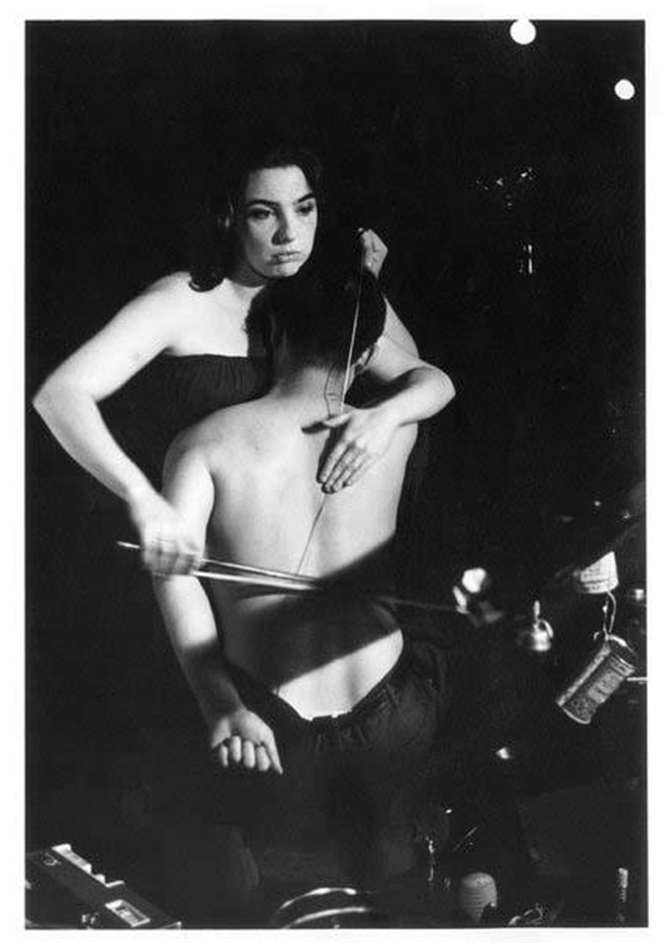 |
| ▲ "Charlotte Moorman performing with Paik Nam-june in 1965" (Photo courtesy of Barbara Moore) |
Paik Nam-june’s robot series appears even more remarkable when viewed through the lens of today’s world, characterized by a confluence of robotics and culture. Modern individuals are already living in a reality where advanced technologies symbolized by robots are perceived as a new concept of "family." This innovative notion stems from Paik's unique artistic philosophy.
He consistently maintained that "the world tomorrow will be more beautiful," embodying the concept of an abstract flow of time while never losing his cheerful spirit.
I believe Paik began his work with robots in 1961. At that time, he was already deeply immersed in early media art based on cybernetics, a field that sought to advance mechanical technologies into artificial intelligence through the union of humans and machines.
The term “robot” first appeared in the 1921 play R.U.R by Czech writer Karel
In
If the Alpha Robot at the London Expo represented a "new worker" replacing humans, then
Paik emphasized to me that robots should not be viewed as entities that steal human jobs; rather, they are creations that, due to frequent malfunctions, end up creating more jobs for humans.
Thus, he developed a series of robots named after family members, integrating humanoid robots into the realm of art.
The Robot Family, created in 1986, represents the collective vitality of humans and machines that Paik envisioned as a large family. He suggested that I include a dancing robot as a shaman-like mediator delivering Eurasian civilization in the performance "DMZ2000: The Tiger is Alive," which I directed.
This idea was part of the initial concept of his work LIBIDO 2000, which aimed to emphasize the vitality of humans and robots through dance in the demilitarized zone, a space of discontinuity.
Kim Nam-su praised Paik’s robotic work in the preface to the 2016 exhibition Paik Nam-june Groove, stating, "Paik's videos attempted to merge the radical achievements of modern music and dance with contemporary art (plastic arts). His later works, including the electronic TV series, robot series, satellite art, and laser art, were efforts to apply the artistic state of flux (wave) he pursued to emerging new media. One might say that the wave gradually amplifies to create a melodic landscape. Paik’s vision of 'the fusion of electronics, art, and media' extended from the 20th century into the 30th century (AD 3000) and the space of the Big Bang, showcasing the remarkable scale of his thought and the joyfulness of his intellect." (Kim Nam-su, Paik Nam-june Groove, Sejong Center for the Performing Arts, 2016)
By the 1960s, Paik had already established another persona as a "robotic artist," and in 1964, he collaborated with his longtime associate, Japanese engineer Shuya Abe, to create Robot K-456.
This robot is a human-sized humanoid controlled by a 20-channel remote control. Imagine the scene of a human-like female robot traversing the streets of New York.
Moreover, Robot K-456 could wave its arms, spit out beans, and broadcast President John F. Kennedy’s inaugural address through a speaker.
Constructed from various materials including a large square-shaped head, toy airplane propeller eyes, and a styrofoam chest, this robot resembled a humorous caricature of humanity rather than an object of fear.
 |
| ▲ "Robot K-456" (Photo courtesy of Paik Nam-june Art Center) |
In 1982, Robot K-456 participated in a performance titled "The First Great Catastrophe of the 21st Century," during which the robot deliberately (or perhaps symbolically) stepped off a crosswalk and was struck by a car, resulting in its damage.
Through this performance, Paik Nam-june emphasized the artistic power of humor and satire inherent in robots. He expressed confidence that the strength of art would transcend the fears and anxieties of an impending machine-centric oppressive era. Today, we live in a time where it is commonplace for robots to check in guests at hotels, provide room service, and for drones to capture aerial footage and deliver goods.
Paik's foresight regarding the future of entertainment technology in the era of the Fourth Industrial Revolution has had a significant impact on his creation of the Robot Tree.
His words resonate once more:
"Electronic memory has made forgetting impossible. If we are to remember too much information, we will inevitably become obsessive and paranoid. Ultimately, we may have to seek out psychologists (or artists) to discard all of it."
(C) Yonhap News Agency. All Rights Reserved

















